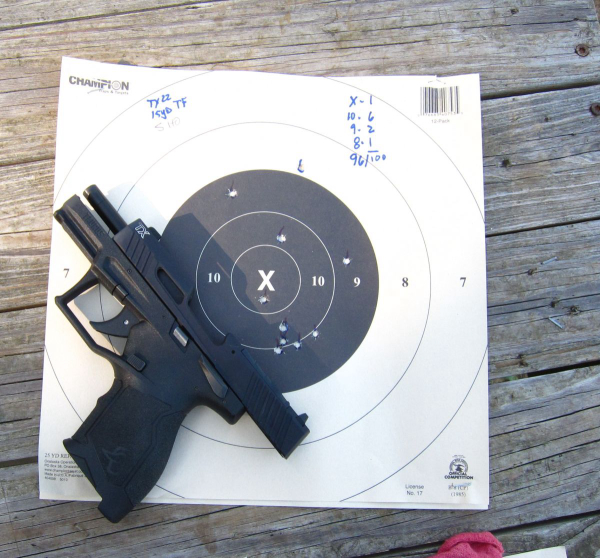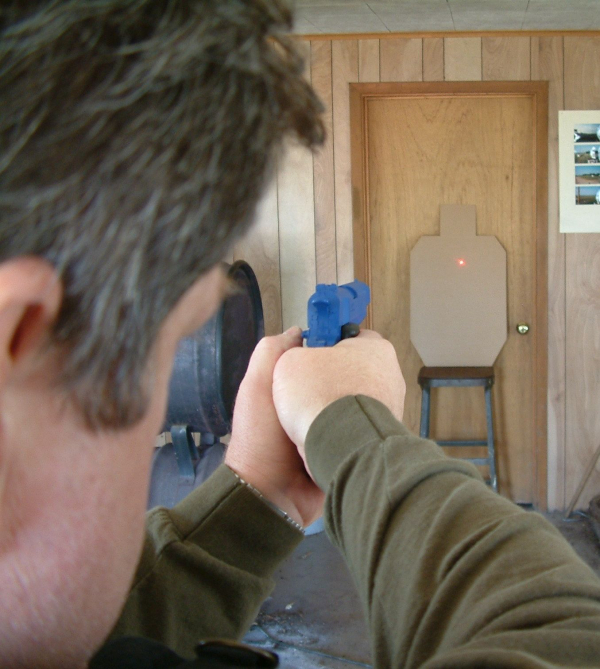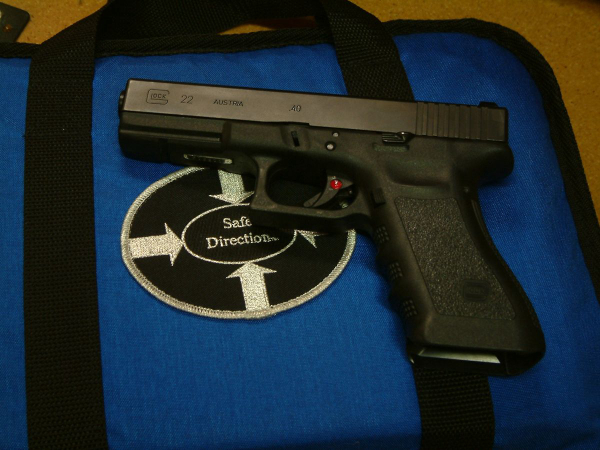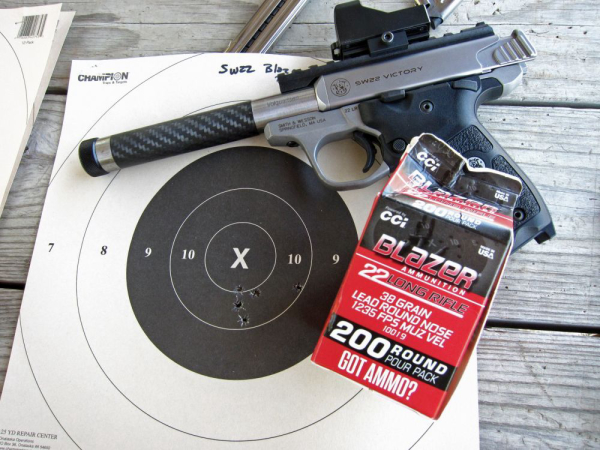It strikes me that someone in middle-age and older starting new with pistol practice will face different challenges – and have some advantages – over someone who started young, as I did.
When someone asks “what gun should I buy?” my reflexive answer is “what do you want to do with it?” – Or, “Why?”
I’m not trying to talk anyone out of (or into) anything, but it helps guide the discussion if I know what the objective is. It’s the same with “how – and what – should I practice?”


The reason this comes up is that I watched a video about older folks taking up guitar. The challenges are different for them than for young learners – and the elders have some advantages.
Rote practice – learning to recite the Gettysburg Address, to play Carmelita, to drill the NRA B-6 bullseye in the middle at fifty yards, to do a sub-3 second Bill Drill in less than 3 seconds – can drive people away from the enterprise. There are ways to accommodate the required repetitions without dropping out.
The guitar lesson video referred to combining an existing habit with a short exercise session, thereby mentally connecting one habituated behavior with a behavior you’d like to make a habit. He used the morning coffee. If you, like me, are fond of the caffeine, simply add the first cup of coffee with ten minutes – 10 only – of guitar practice. Whatever you’d been working on last or something you were trying to ‘hardwire’ into the system, but for a short practice session.
You can’t let that coffee get cold.

It could get quite loud if you tried that technique with live fire at oh-dark-thirty. If you have a safe dry-practice area (solid back stop, a door you can close for privacy, a room devoid of ammunition), you can set a timer for 10 minutes, and dry practice. Take your morning coffee and work on dry presses of the UNloaded gun with two hands, with the dominant hand only and the nondominant hand only. Don’t run until you tire and do not just “click” without seeking reference from the sights. If you have one of the little laser “cartridges,” you can see the “hit.” If you have a laser like Crimson Trace LaserGrips or a Viridian unit, you can track your wobble zone without pressing the trigger.
Just don’t leave the practice area to answer a phone or use the privy and then come back to finish dry practice until you re-checked the gun and room for ammo. Then start the time again.
Using a cushioning “snap cap” helps save the firearm, something you may need for defense – if that was your objective in having a handgun.
If you shoot the same course of fire at the range over and over, you’d have to get better, right? If you work for a security company or law enforcement agency, you may think doing the mandated qual course was the smart money. If it’s “pass-fail,” where you count until you get the right number of hits on the barn-door sized silhouette – and then quit counting, it’s a problem. How do you assess your progress?

The best way is to use “scoring areas” of a target, targets of varying sizes, or use a bullseye with scoring rings. You can count up the points, make notes of where the majority of rounds fell, take a photo of the shot target – anything you can look back on to see your progress.
A shot timer is likewise handy particularly if the courses you shoot use par times or if the drill calls for the time taken to shoot it as a component of the score. This requires you keep track in your range notebook, so you can look back and see where you were – and compare to where you are.
A training gun can be handy, again depending on your objective (personal defense, occupational requirement, etc.) In my dotage, I’ve taken to shooting 22s more often. The US bullseye course has a rimfire component, shot the same as the centerfire and service pistol matches. It’s something already in use, with standardized times, distances, stages, scoring.
Just do what they do.
You’re not competing with those shooting Distinguished Revolver, a USPSA Grand Master or the like; you’re competing with the person you were on your last trip to the range. Improvement in the scores/times is your “win.”
It’s a golden age of handgun shooting. A component of learning is “fun.” As long as you’re responsible, use due care and think with the gun in your hand, enjoyment will follow.
— Rich Grassi